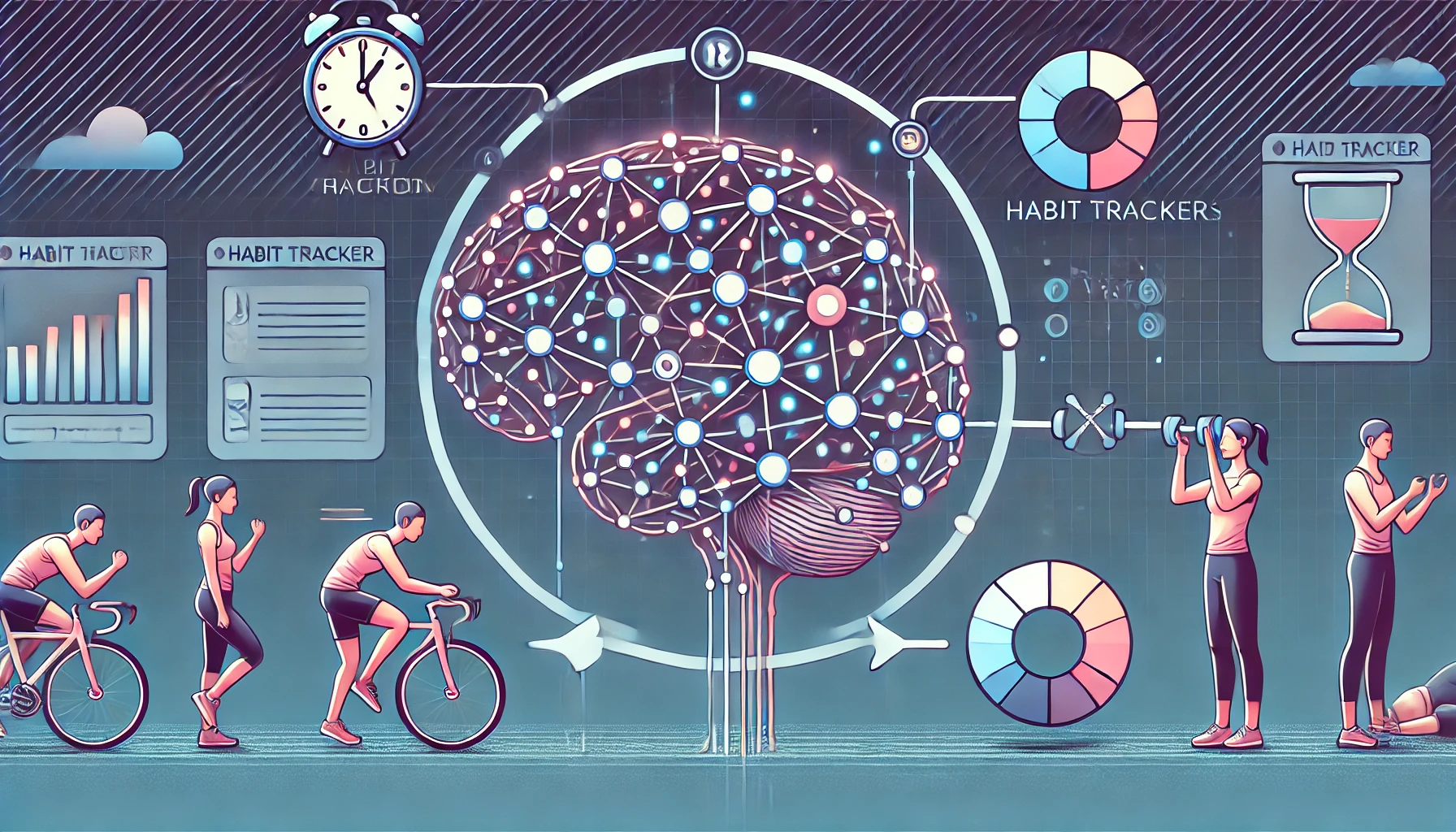Changing habits is never easy, especially when it comes to behaviors that feel difficult or overwhelming. However, the key to long-term success is transforming these challenging habits into automatic behaviors that no longer require constant willpower or effort. This process involves understanding how habits work and using scientifically-backed strategies to rewire your brain. In this article, we will explore practical steps you can take to turn difficult habits into automatic, effortless routines.
Understanding the Habit Loop
Before diving into how to make difficult habits automatic, it’s important to understand the basic structure of a habit. Habits are formed through a psychological pattern known as the habit loop, which consists of three key components:
- Cue: The trigger that starts the habit. It can be an emotional state, a time of day, or a specific situation.
- Routine: The behavior or action that you take in response to the cue. This is the habit itself.
- Reward: The positive outcome or benefit you experience after completing the habit. This reinforces the habit and encourages repetition.
To transform a difficult habit into an automatic behavior, you need to address each part of the habit loop. By understanding how these components interact, you can make small changes that lead to lasting transformations.
Step 1: Start Small and Build Gradually
One of the most common reasons habits feel difficult is that they are too large or overwhelming. When trying to form a new habit, it’s easy to set high expectations, such as exercising for an hour every day or cutting out all sugar from your diet. However, these drastic changes can lead to burnout and frustration.
The key to making a difficult habit automatic is starting small. Break down your goal into tiny, manageable steps that you can build on over time. This not only makes the habit less intimidating but also helps you gain momentum as you experience small wins.
Example:
If your goal is to start exercising every day but you’ve never been consistent, begin by committing to just 10 minutes of physical activity a day. Once you’ve mastered this, you can gradually increase the time or intensity of your workouts.
By starting small, you make the habit easier to adopt, and over time, it becomes a natural part of your routine.
Step 2: Attach New Habits to Existing Ones
One of the most effective techniques for making difficult habits automatic is habit stacking. This strategy involves attaching a new habit to an existing one. Since the original habit is already ingrained in your routine, it provides the perfect cue to trigger the new habit.
For example, if you already brush your teeth every morning, you can stack a new habit—such as stretching for 5 minutes—right after brushing your teeth. By linking the new behavior to something you already do automatically, you make it easier to remember and implement the new habit.
Example:
If your goal is to drink more water, you can stack this habit by making it a rule to drink a glass of water every time you sit down to eat. This way, the act of sitting down for a meal becomes the cue for your new habit.
Step 3: Focus on Consistency, Not Perfection
When trying to transform a difficult habit into an automatic behavior, consistency is far more important than perfection. It’s easy to get discouraged if you slip up or miss a day, but it’s important to keep going and stay consistent.
The brain thrives on repetition, and by focusing on doing the habit consistently—even if it’s not perfect—you reinforce the neural pathways that make the behavior automatic. Over time, the habit will require less effort and will become ingrained in your daily routine.
Example:
If you’re trying to eat healthier but occasionally slip into old eating habits, don’t let one mistake derail your progress. Just focus on getting back on track the next meal and keep moving forward. The more consistent you are, the easier the habit will become.
Step 4: Reward Yourself Immediately
Immediate rewards play a crucial role in transforming difficult habits into automatic behaviors. The brain releases dopamine, a feel-good neurotransmitter, when we experience a reward. This release of dopamine reinforces the behavior and strengthens the neural pathways associated with it.
To make a habit automatic, it’s important to create a reward system that provides immediate reinforcement. This could be a tangible reward, like a treat or a break, or something more psychological, like the sense of accomplishment or satisfaction you feel after completing the behavior.
Example:
If your goal is to write every day, reward yourself with something enjoyable, such as a short break, a cup of coffee, or a fun activity, after each writing session. This will reinforce the habit and make it more likely you’ll stick with it.
Step 5: Track Your Progress and Visualize Success
Tracking your progress is another effective way to transform difficult habits into automatic behaviors. By keeping track of how often you perform the habit, you create a visual record of your success, which can be a powerful motivator.
Additionally, visualization can help solidify the behavior in your mind. By imagining yourself successfully completing the habit, you create a mental picture that strengthens your resolve to keep going.
Example:
Use a habit tracker to mark off each day that you complete your habit. Seeing a visual representation of your success can motivate you to continue. Also, take a few moments each day to visualize yourself performing the habit with ease.
Step 6: Make the Habit Environment-Friendly
Your environment plays a significant role in shaping your habits. To make difficult habits automatic, adjust your surroundings to support your goals. If the environment encourages your desired behavior, you’ll be more likely to follow through without much effort.
For example, if you want to eat healthier, keep healthy snacks within easy reach and remove junk food from your kitchen. If you want to exercise more, make your workout gear easily accessible and place reminders around your home.
Example:
If you’re trying to build the habit of reading, keep a book by your bedside or place it on your desk. This visual cue will prompt you to read, making the habit feel easier to adopt.
Step 7: Be Patient and Allow Time for Habits to Form
It takes time for new habits to become automatic. Research shows that, on average, it takes about 21 to 66 days for a habit to form, depending on the complexity of the behavior. Therefore, patience is crucial during the habit formation process.
Don’t rush or expect immediate results. Trust that with consistency and time, your habit will become automatic and require less conscious effort.
Example:
If you’re trying to meditate every day, give yourself time to get into the habit. It may take a few weeks before it feels natural, but with consistent effort, it will eventually become automatic.
Conclusion: Make Difficult Habits Work for You
Transforming difficult habits into automatic behaviors requires a combination of small, consistent actions, rewards, and the right environment. By focusing on the process rather than perfection, attaching new habits to existing ones, and reinforcing behaviors with immediate rewards, you can make any habit easier to adopt.
Remember, the goal is not to force the habit into your routine, but to make it a natural part of your life. With patience and persistence, you’ll be able to turn even the most challenging habits into effortless, automatic behaviors that support your success.












Leave a Reply